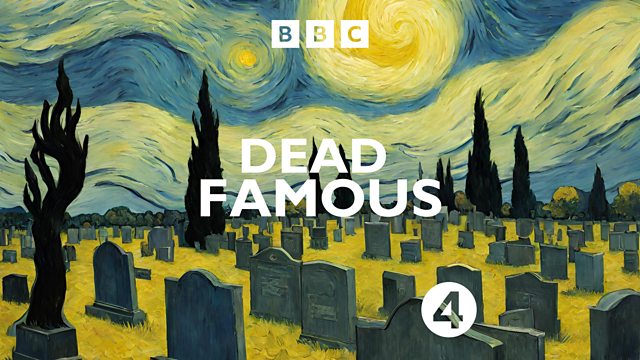Episode Two - Van Gogh
How did Vincent Van Gogh become a global star? Rosie Millard explores how the reputation of this celebrated artist was transformed after his death.
In the second episode of this series, we look at the work of Vincent Van Gogh. He died having famously sold only one canvas. Defeated, he took his own life in 1890. Since then, of course, his fame has grown and grown. His work now inspires immersive digital exhibitions, virtual reality experiences and even AI chatbots.
Rosie Millard traces the story of Van Gogh’s posthumous fame - from Kirk Douglas’ doomed hero in the 1956 Hollywood biopic Lust for Life to the thrilling sale of Sunflowers in 1987. Rosie also explores the quiet determination of Vincent’s sister in law Jo van Gogh-Bonger who championed his work.
Vermeer. Van Gogh. Frida Kahlo. Three of the best-known artists in the world. Their work is reproduced on everything from umbrellas to jigsaw puzzles to fridge magnets. They command record prices in the auction houses and deliver blockbuster shows which sell out immediately.
It wasn’t always this way, however. Each died with no idea that their work would become so hugely valuable or that it would inspire Hollywood movies and many future generations of artists and fans. Their work was not globally renowned when they were alive. How did they manage to market themselves so well after death? How did their status rise from zero to hero?
In this three-part series, Rosie Millard analyses the legacy of these three artists, all of whom rose to global fame many years after they died. Stepping back in time, she finds the key moments in history that transformed these artists from just dead to Dead Famous.
Presented by Rosie Millard
Producer: Tom Woolfenden
Executive Producer: Kirsten Lass
A Loftus Media production for ����ý Radio 4
Last on
More episodes
Previous
Broadcasts
- Tue 12 Mar 2024 11:30����ý Radio 4
- Fri 29 Mar 2024 23:30����ý Radio 4

